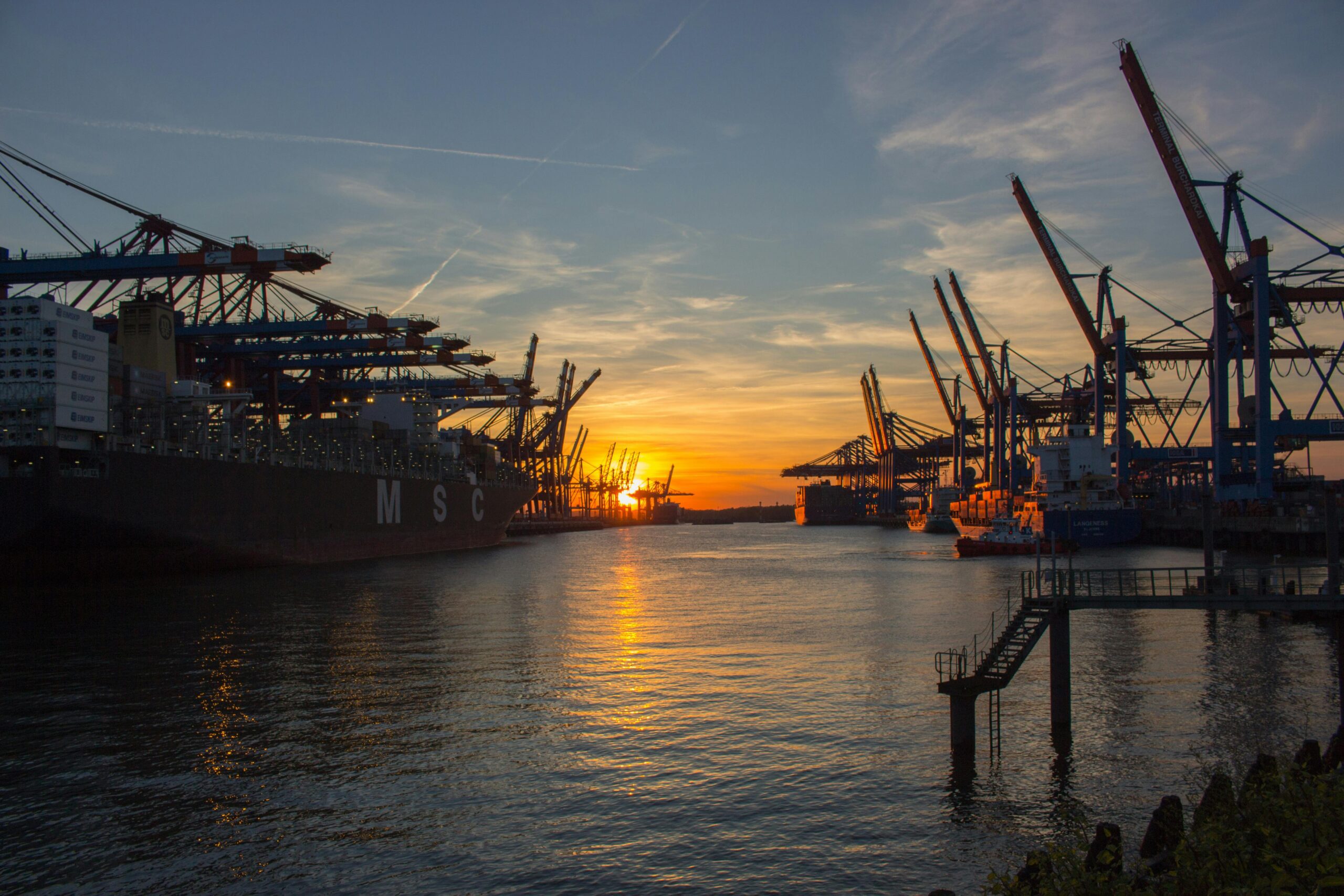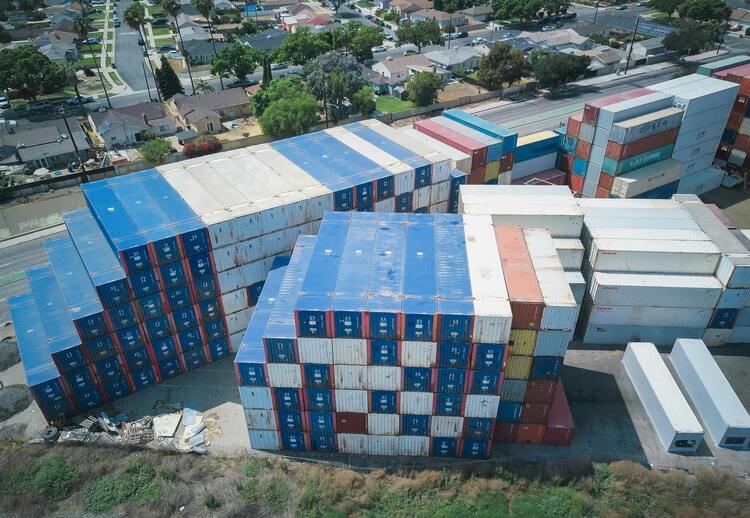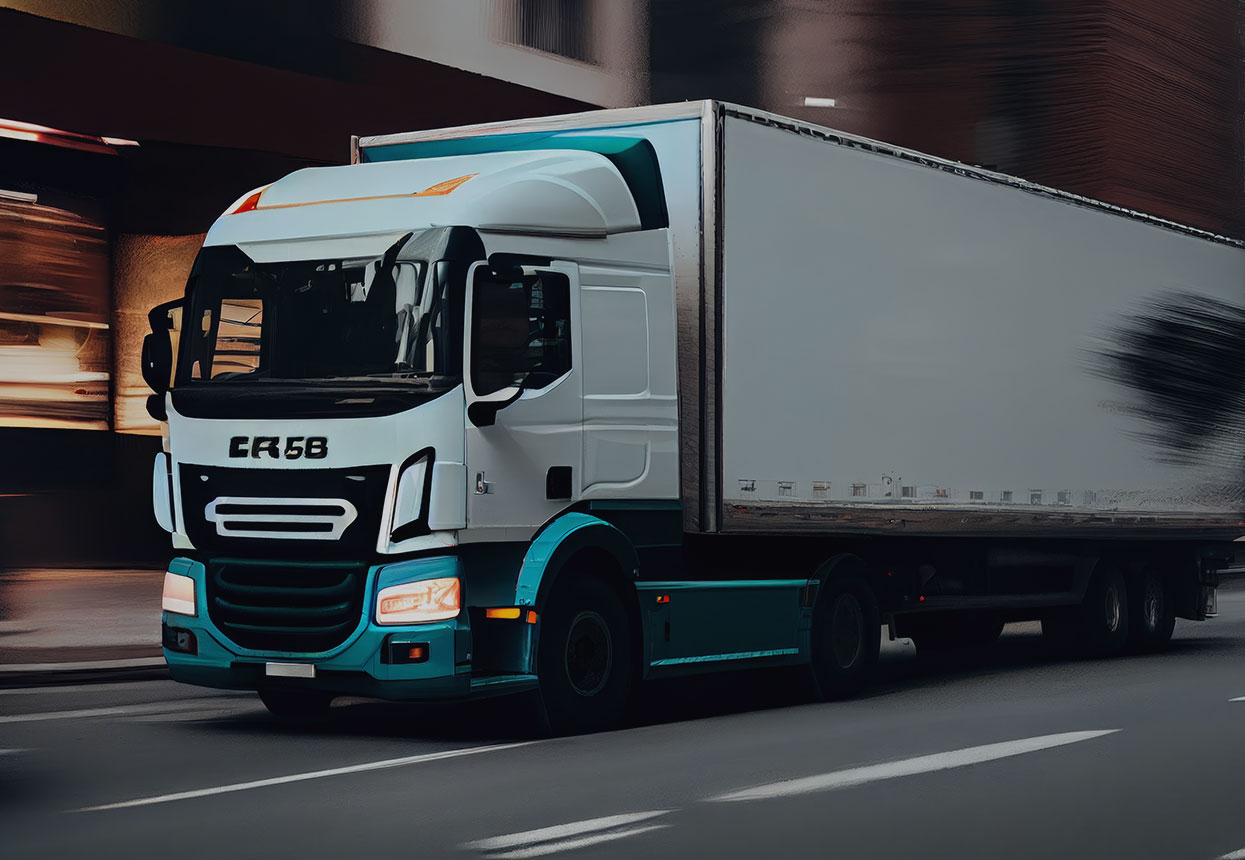The Ultimate Guide to Drayage Services: Port-to-Door Solutions
Efficient logistics requires seamless transitions between various stages of transportation. Drayage services play a crucial role in this process, especially when moving goods from ports to distribution centers or final destinations. In this guide, we will explore what drayage services are, how they work, and why they are essential for businesses engaged in international trade or intermodal logistics. What Are Drayage Services? Drayage refers to the short-distance transportation of goods, typically from a port to a nearby warehouse, rail terminal, or distribution center. It’s an essential part of the supply chain, especially for businesses involved in importing or exporting goods through ports. Drayage is a critical link between the port and the next stage of the supply chain, ensuring that cargo moves quickly and efficiently. Without efficient drayage services, businesses could experience delays, increased costs, and disruptions to their supply chain. How Drayage Services Work Drayage services involve the transportation of containers or goods from a port to a nearby location, where they are either stored, further processed, or loaded onto another form of transportation, such as trucks or trains. The drayage process typically includes the following steps: Port Pickup: Containers are picked up from the port after arriving via ship. Container Offloading: Containers are moved to a drayage truck and transported to their next destination. Final Delivery: The goods are delivered to a warehouse or customer’s location for final distribution. Drayage can also involve transloading, where goods are transferred from one mode of transportation to another, such as from a ship to a truck or train. Types of Drayage Services 1. Intermodal Drayage Intermodal drayage refers to the transportation of freight between different modes of transport, such as moving containers from ships to trains or trucks. This is common in international shipping, where goods need to be transported over long distances. 2. Expedited Drayage Expedited drayage is used when time-sensitive goods need to be transported quickly. These services ensure that containers are moved immediately after arriving at the port, minimizing delays. 3. Container Drayage Container drayage involves moving large shipping containers from a port to a warehouse or storage facility. These services are often used by businesses that import goods in bulk and need to store them before distribution. Key Benefits of Drayage Services 1. Improved Supply Chain Efficiency By providing quick and reliable transportation of goods from ports to their next destination, drayage services help streamline the supply chain and reduce the risk of delays. 2. Cost Savings Efficient drayage services reduce the amount of time that containers spend sitting at ports, which can result in costly storage fees. By moving goods quickly, businesses can lower their overall logistics costs. 3. Flexibility in Transportation Drayage services provide flexibility by offering a range of options, from intermodal transport to expedited services, allowing businesses to choose the best solution based on their shipping needs. 4. Reduced Port Congestion Quickly moving containers out of ports helps reduce congestion, allowing ports to operate more efficiently and minimizing the risk of shipping delays due to overcrowding. How to Choose the Right Drayage Partner Choosing the right drayage provider is essential for maintaining an efficient supply chain. Here are some key factors to consider: Proximity to Ports: Select a drayage provider that is located near the ports where your goods will be arriving. This reduces transit times and ensures quicker deliveries. Experience with Intermodal Logistics: Choose a provider with experience in handling intermodal drayage, especially if your business requires transportation across multiple modes. Tracking Capabilities: Opt for a provider that offers real-time tracking, so you can monitor the status of your shipment and ensure timely deliveries. Capacity to Handle High Volumes: If your business imports large volumes of goods, select a drayage provider with the resources and fleet capacity to handle your needs. Conclusion: Why Drayage Services are Essential for Efficient Logistics Drayage services are a key component of any efficient supply chain, particularly for businesses involved in importing or exporting goods through ports. From intermodal transport to expedited deliveries, drayage ensures that goods move quickly and efficiently from port to warehouse or final destination, minimizing delays and reducing costs. Looking for reliable drayage services? Contact us today to learn how our port-to-door solutions can improve your logistics and enhance your supply chain efficiency.








